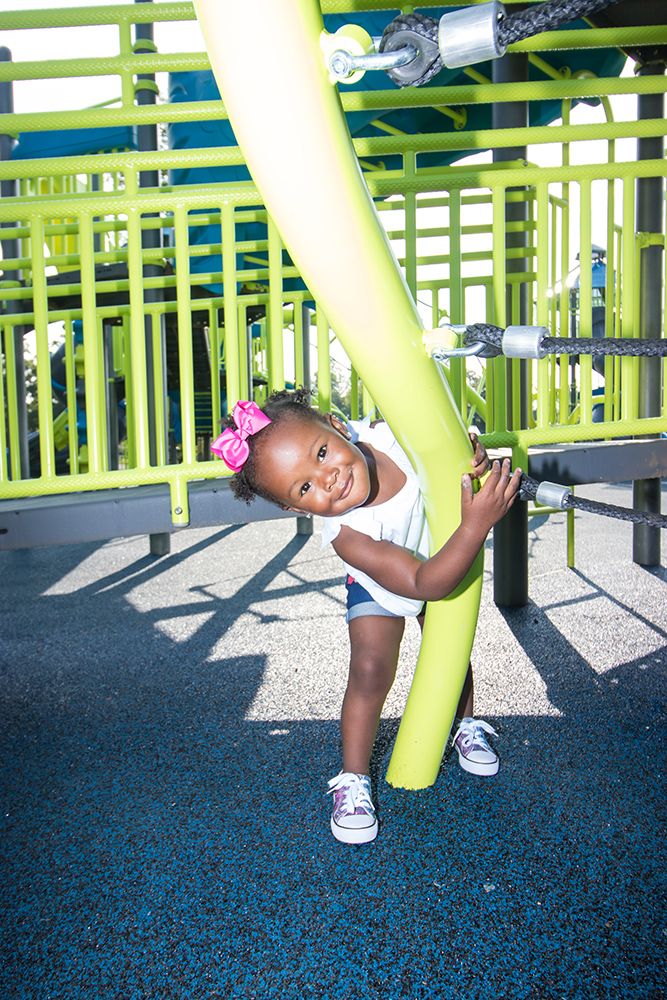Designing Your Indoor Playground
Posted by May Recreation Content Team on

Indoor playgrounds are becoming increasingly popular. One reason has to do with climate change. As temperatures soar and the weather becomes more chaotic, indoor playgrounds offer a climate-controlled, predictable environment for kids’ play.
Another reason is safety. Indoor playgrounds offer a controlled, walled-in environment. There’s no chance of a child wandering off on a garden path or setting off alone to follow a chipmunk into the woods. If you’re ready to delve into an indoor playground for your facility, keep the following design ideas in mind.
Include Space For Bystanders
Just like outdoor play areas, parents and guardians need someplace to sit while their children play. When designing your indoor playground, be sure to leave adequate space around the entire perimeter for seating. Parents and guardians will want to be easily able to change seats so they have a direct line of vision as their kids move among the play equipment.
Take Advantage of Custom Design Options
You don’t have to climb a steep learning curve to design an indoor playground. Take advantage of custom design studio resources so you can easily collaborate with interior space designers that will maximize the potential of the indoor space.
Integrate Learning With Play
Children naturally learn by playing, but you can take it one step further by integrating learning-centric play equipment in your indoor playground. For example, you could add sensory panels for younger children that stimulate the senses. These are especially helpful for those on the autism spectrum.
Indoor Sports Are Fun, Too
Add the opportunity for some light-hearted competition by adding sports equipment. It takes surprisingly little space to add an area for basketball, for example. Remember, for little kids, it doesn’t have to be a full-fledge basketball court. A small, enclosed area is more than sufficient for the future Michael Jordans in your community to practice their net shots!
Include the Chance to Exercise
For the little athletes in the area, consider adding a walking or jogging path around the perimeter of the indoor playground, behind the seating area. If you have the space for it, this could provide a great additional play option for organized relay races, and similar fun. Be sure to use safety surfacing that is soft and thick enough to reduce or prevent skinned knees if (and when!) a child falls.
Artificial Turf Works Indoors, Too!
Just because your playground is going to be indoors doesn’t mean it can’t have the look and feel of a lush grassy area. In fact, adding artificial turf to your indoor playground adds a pleasing aesthetic that mimics outdoor play. Not only that, but artificial turf over rubber matting enhances safety. It adds friction so there are fewer slips, and adds a cushiony layer to reduce injuries.
Lighting is a Consideration
Adequate lighting is an important consideration to keep in mind when designing your indoor playground. You don’t want it to be excessively bright, but it shouldn’t be so dim that occupants struggle to see, either. There are some lighting options that mimic outdoor sunlight without the harmful UV rays. Your local lighting dealer can help you choose.
An indoor playground can be a wonderful asset to your local community. They are ideal for schools, day care facilities, community centers and more. It’s a place for parents and guardians to bring kids on rainy days or when it’s just too hot to play outside.
Hopefully, these indoor playground ideas will guide and inspire you as you design your own indoor playground. If you have questions or need to source playground equipment, please contact May Recreation today!
